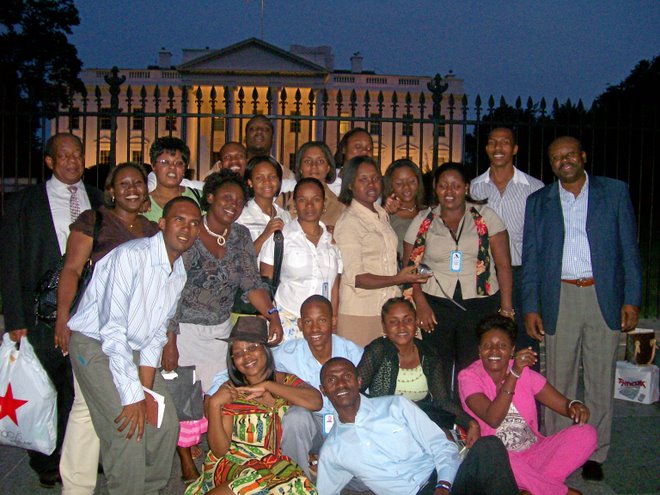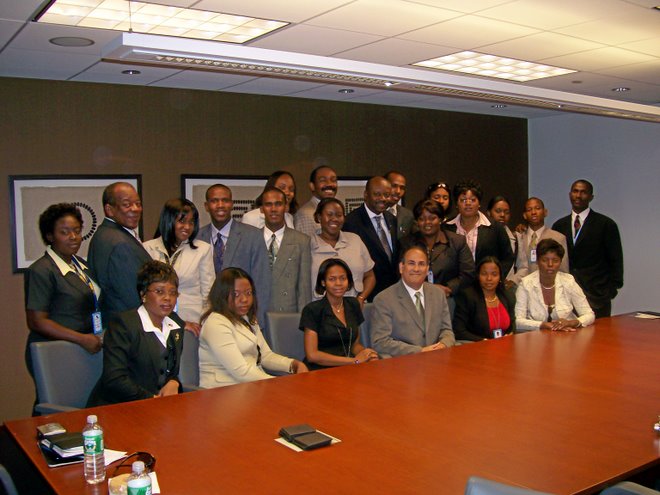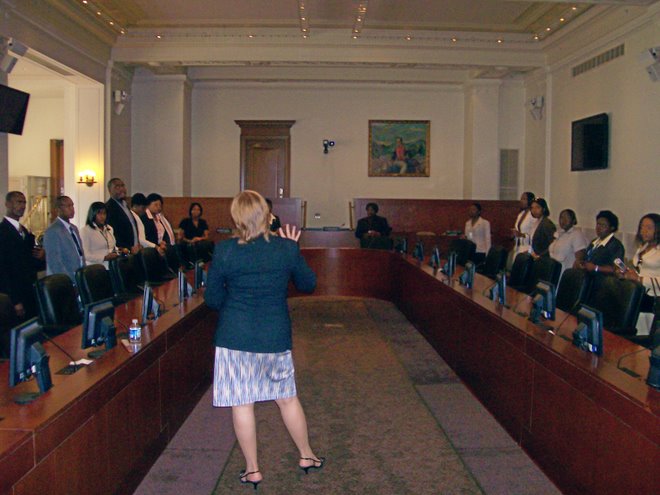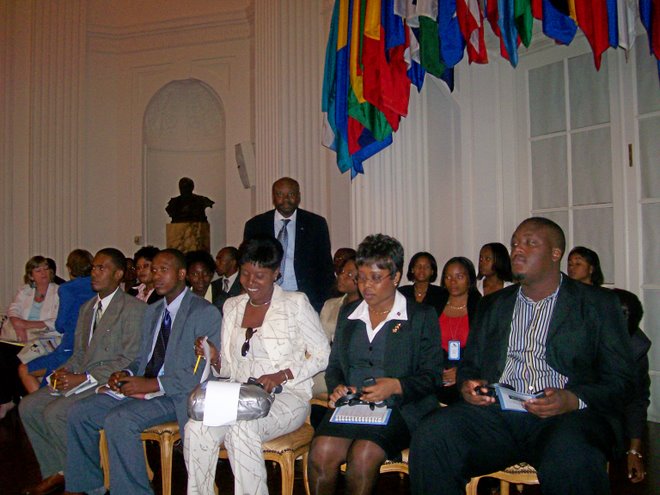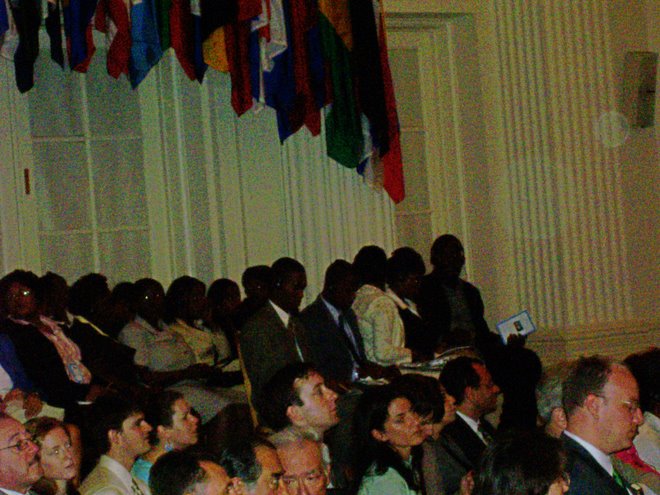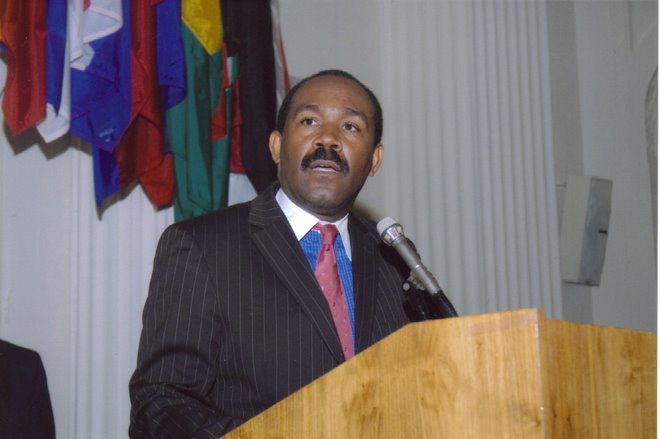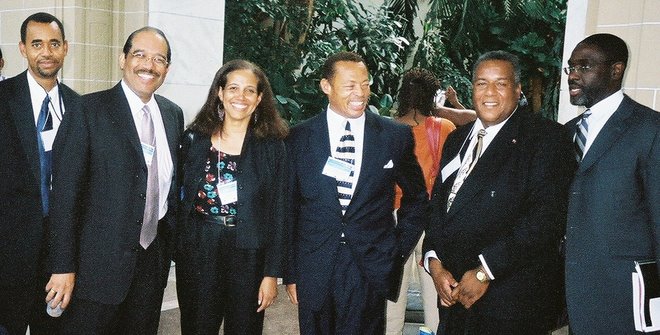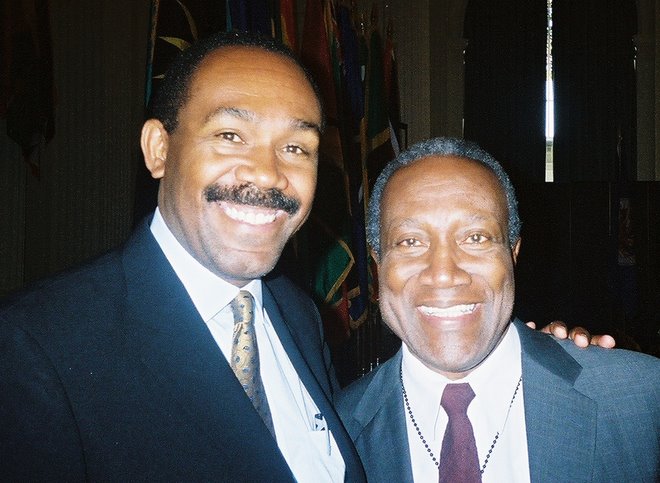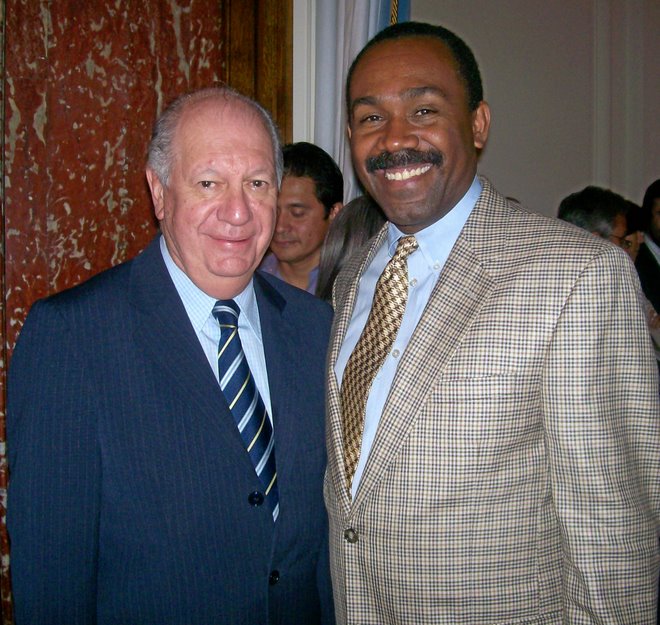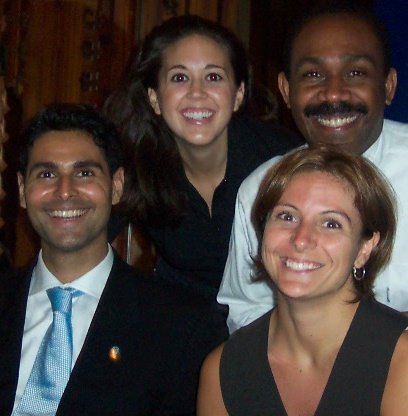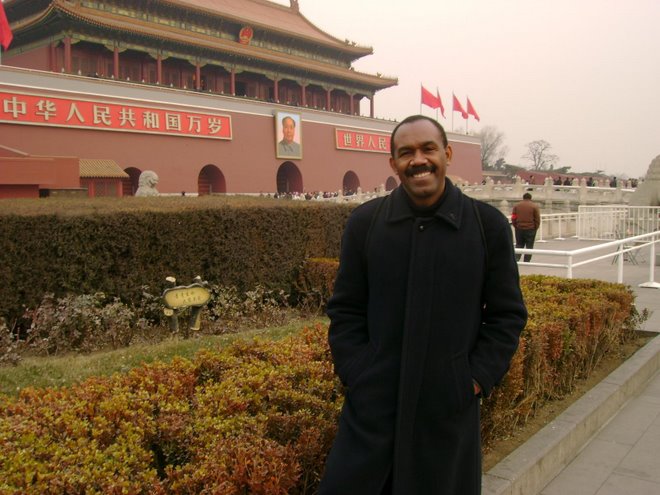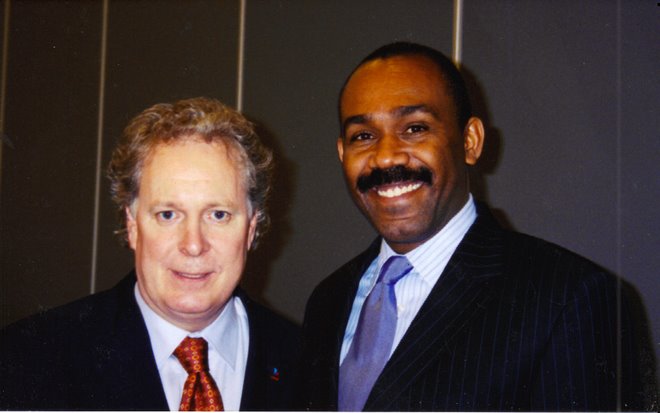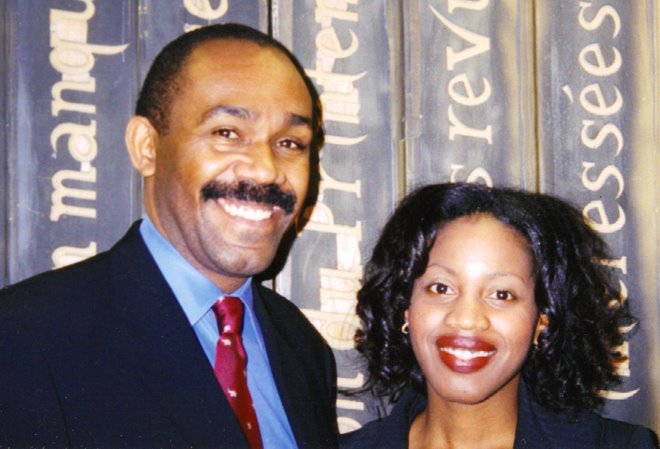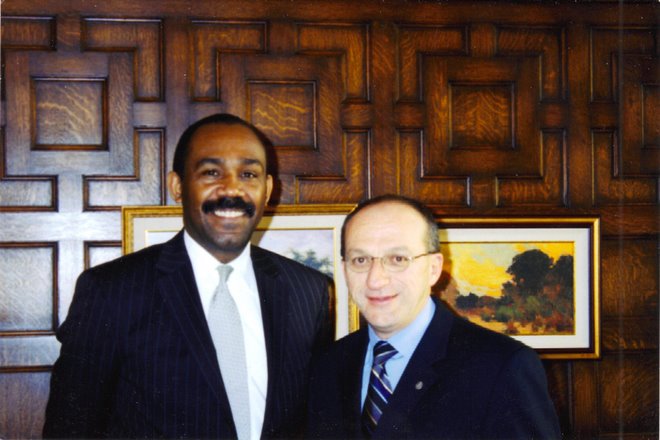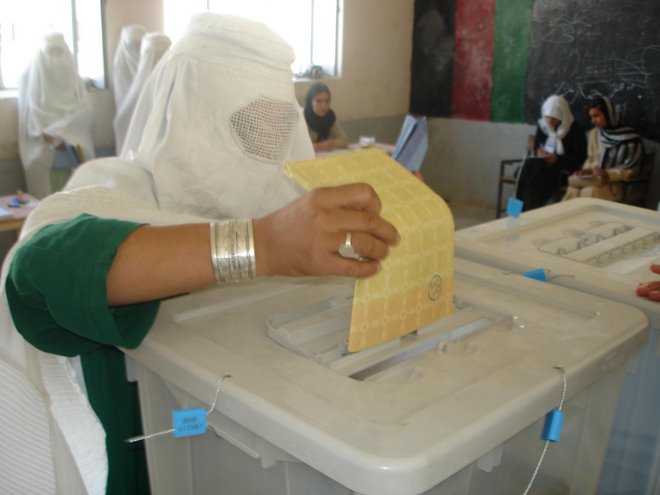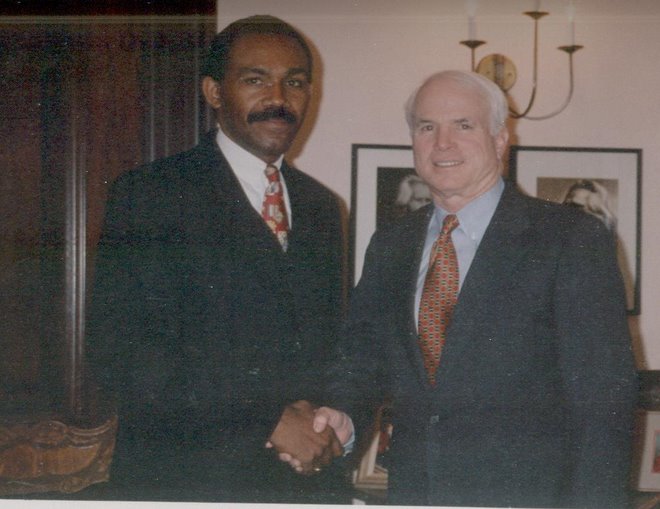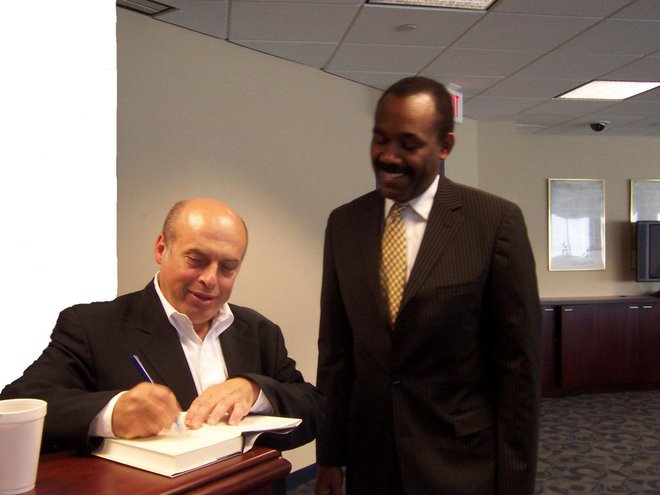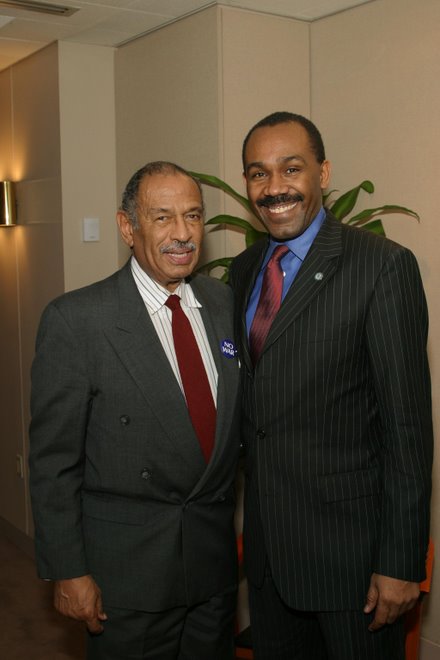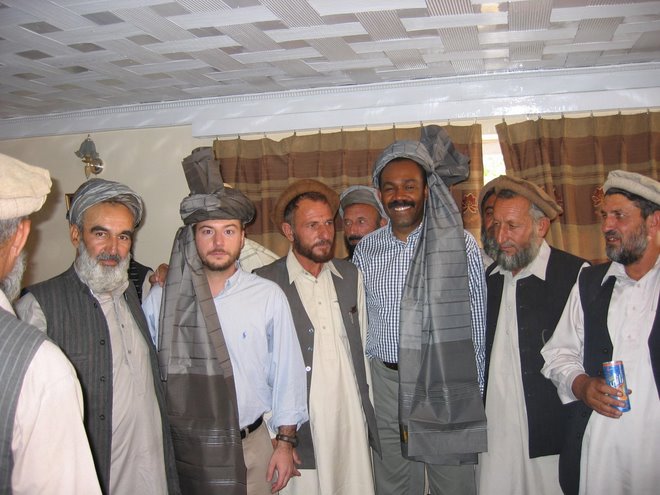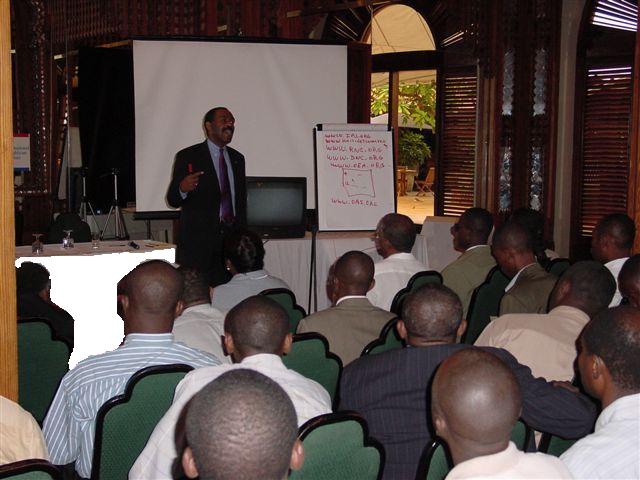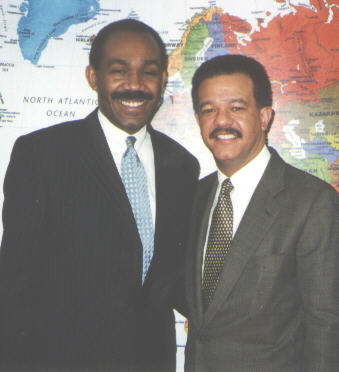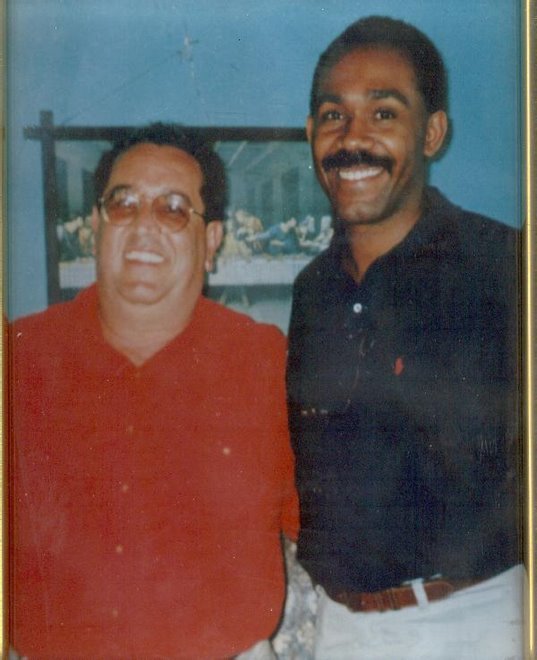While it is difficult to even begin to think of reconstruction amidst all the tragedy and suffering in Haiti, the magnitude of the devastation makes it necessary for us to begin to put together the outlines of a plan. The process will be long-term. By many estimates it could take 4-5 years to return to just the level of development that Haiti had prior to the earthquake.
Short Term U.S. Policy Incentives:
In the short term, there are several US policy efforts that would have an immediate impact, including:
- Grant TPS (Temporary Protected Status): The Obama Administration acted quickly to halt deportations of Haitians and has now extended TPS which allows the undocumented to stay in the U.S. and obtain work permits, which is key.
- Tax incentives for donations: The U.S. Congress is working to introduce legislation to allow people to deduct their contributions to Haiti on their 2009 taxes instead of waiting until 2010.
- Tax incentives for Diaspora remittances: Haitian Diaspora send about $x a year to family and friends in-country. This is a significant source of income for most Haitian families. The U.S. Congress could consider granting tax deductions for Haitian-Americans providing funds to their family overseas. Allowing deductions for up to $10,000 in remittances over the next five years would go a long way to allowing Haitian-Americans contribute to recovery and reconstruction.
- Extending the Hope Legislation
A Framework for Public Private Partnerships (PPP)
In the longer term, it will be necessary to set up a public-private partnership (PPP) such as what was done in the wake of the Chinese earthquake in 2008. Building on the PPP concept, we could explore creating a Global Haiti Reconstruction Fund. The U.S. and Haitian Government could partner to attract significant investors, such as Warren Buffet, Bill Gates, Ted Turner, Rupert Murdoch and others to be anchor investors in the fund. Additionally, the U.S. could match funds up to a certain level.
Clearly for the PPP to be successful, we will need to attract corporate support as well. Several companies, such as Johnson & Johnson, Chevron, Merck, Cisco, and others contributed generously to specific reconstruction goals in China. The U.S. government should develop incentives for these companies to become real partners in reconstruction. This is a significant challenge and companies will obviously need more incentives than in the China case because Haiti lacks the market opportunities that China offers.
A Reconstruction Plan
The Haitian Government should collaborate with Haitian-American elected officials to convene a summit to discuss how to rebuild Haiti. Ideally this Summit would convene in perhaps two months time. It should be inclusive of NGOs, economists, disaster recovery experts, international governments, international organizations (World Bank, IDB, IMF, etc) and Haitian Diaspora. The Haitian Government needs to step up and lead this effort.
We must take initiative for rebuilding our country in the way that Haitians want; rather than, in our moment of greatest weakness, accepting international views of what Haiti should be.
Above all, reconstruction absolutely must be transparent. Countless times during the earthquake coverage, I have heard again and again that the international community has poured billions of dollars into Haiti and there is nothing to show for it. This absolutely cannot continue. We have no choice but to get this reconstruction right and to do that it must be free of corruption and open. There must be simple, open bidding processes. Contract must be awarded on pre-defined and fair criteria. There is zero tolerance left for the old, corrupt ways of doing business in Haiti.
In my opinion, the Prime Minister would be an ideal leader for such an initiative. Through a summit of this type, we could develop a solid, future looking plan for Haiti. The plan should have specific goals, benchmarks and clearly defined, transparent processes to achieve those goals.
Many observers have pointed out that Haiti has the resources to be a tourist destination. It has enough sun to really implement solar technologies. There are opportunities to rebuild stronger than before. But none of this will happen with a continued culture of corruption. This is a chance to break free of this failed-state legacy and show the world who we really are: a strong, proud, resilient and resourceful people who can rebuild from the rubble a vibrant, developing country.
Undocumented Haitians in the United States can now apply for Temporary Protected Status (TPS). Please see our Haiti - Temporary Protected Status (TPS) page for more information. Our law firm is helping Haitians around the United States file for TPS. If you have any questions about your eligibility for TPS or would like to apply for TPS, please call us at 1-800-385-7105 or complete this form and we will contact you. Temporary Protected Status (TPS) is a blanket, temporary status that the United States government grants to persons already in the United States that are from countries the United States has determined are unsafe for them to return to. A country may be designated for TPS if: When the United States designates a country for TPS status, it will also designate a time period in which persons from that country must register for TPS benefits and a termination date—the date when TPS designation for the country will end. The United States may choose to extend a country’s TPS designation beyond the initial period if it determines it is still unsafe for persons to return to the country. To establish your eligibility for TPS, you must: If you are stateless and cannot meet the second requirement, you may provide proof that you habitually resided in a TPS-designated country. To register for TPS, you must file Form I-821, Application for Temporary Protected Status and Form I-765, Application for Employment Authorization. If you are granted TPS, and TPS designation for your country is extended beyond the initial period, you must re-register for TPS. To re-register, you must again complete and file Form 821, Application for Temporary Protected Status and Form I-765, Application for Employment Authorization. If you have been granted TPS, you are eligible to apply for other immigration benefits for which you qualify. For example, you may apply for asylum even if you have been granted TPS. Also, if your asylum application has been denied, you may still be eligible for TPS. Also, if you are granted TPS, you may travel abroad with permission. This means you will have to complete and file Form I-131, Application for Travel Document. TPS does not lead to permanent resident status or citizenship. When the United States terminates its TPS designation for a country, the status of TPS beneficiaries returns to the status they had before being granted TPS, or any other status they acquired while being registered for TPS. This means that if you did not obtain any other lawful status during the period of TPS designation for your country, you will return to unlawful status upon termination of your country’s TPS designation. USCIS - Temporary Protected Status USCIS - TPS Designated Country: Haiti USCIS - Application for Temporary Protected Status USCIS - Tips for Filing Form I-821, Application for TPS (link to PDF) USCIS - Direktiv sou Aplikasyon Fòmilè I-821, Aplikasyon pou Estati Tanporè Pwoteje (link to PDF) Quake Prompts Respite for Haitians Illegally in U.S. - Weekend Edition - Jan. 16, 2010 (link to audio) Haitians in U.S. can apply for protected status - CNN - Jan. 15. 2010 South Florida Haitians Want Protected Status - Tell Me More - Oct. 27, 2009 (link to audio) U.S. extends protected status for Somali nationals - Minnesota Public Radio - July 28, 2009 Haitians worthy of temporary protected status - San Fransisco Chronicle Editorial - April 20, 2009How to Apply for Temporary Protected Status (TPS) in the U.S.
Purpose of Temporary Protected Status (TPS)
Eligibility for Temporary Protected Status (TPS)
Registering and Re-registering for Temporary Protected Status
Termination of Temporary Protected Status
U.S. Government Web Sites - Temporary Protected Status (TPS)
Immigration News - Temporary Protected Status (TPS)





























































































































-3.jpg)


.jpg)





.jpg)











.jpg)
.jpg)
.jpg)
.jpg)
.jpg)
.jpg)


















